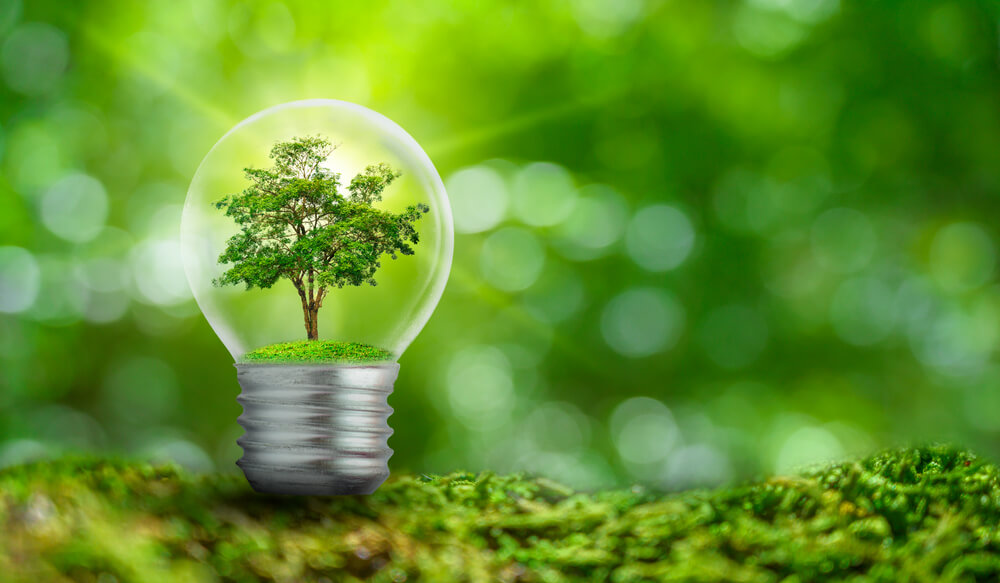Scientists in the US want to replace light bulbs with glowing plants
Massachusetts Institute of Technology wants to replace light with glowing plants. Light-emitting plants can be recharged in just ten seconds, reports Interesting Engineering.

Photo: Shutterstock
In December 2017, researchers at the Massachusetts Institute of Technology announced that they had found a way to create light-emitting plants.
They achieved this by implanting special nanoparticles into watercress leaves that allowed them to emit very dim light for almost four hours.
At the time, they hoped that, with further optimization, these plants would one day become bright enough to illuminate a workspace at home or in an office. This day came.
MIT engineers have upgraded their light-emitting rigs so they can charge from an LED in just 10 seconds, glow 10 times brighter than their first generation of plants, and last for minutes—they can even be recharged.
“We wanted to create a light-emitting device with particles that would absorb light, store some of it, and gradually emit it,” said Michael Strano, Carbon P. Dubbs Professor of Chemical Engineering at MIT and lead author of the new study. “This is a big step towards plant lighting.”
On the subject: Routine blood tests can help in early detection of cancer
Specialized nanoparticles can also enhance the light output of any other type of light emitting installation.
They also contain the aptly named enzyme luciferase, a substance found in fireflies. This process is an example of the growing field of "plant nanobionics" in which researchers are developing ways to improve plants with new properties.
To keep the plants glowing longer, Strano and his team created and used a "light capacitor", which is usually part of an electrical circuit that can store photons and release them when needed.
This "light condenser" approach can work on many different types of plants, including the Thai elephant ear, which can have leaves over a foot wide. The researchers hope that such glowing plants could one day be used as a source of outdoor lighting.
You may be interested in: top New York news, stories of our immigrants and helpful tips about life in the Big Apple - read it all on ForumDaily New York.
The scientists also conducted further research to assess whether the silica-coated nanoparticles interfere with the normal functioning of plants. They found that glowing plants can photosynthesize normally without any intervention.
Strano and his team are working to create installations that will produce even brighter light over longer periods of time.
Read also on ForumDaily:
NASA will cool the Yellowstone supervolcano and use it for energy: how safe is it
Twisted research and lies: how an approved and publicized drug crippled thousands of children
Admission to an American college: how to choose a specialty and pass exams
Do you want more important and interesting news about life in the USA and immigration to America? — support us donate! Also subscribe to our page Facebook. Select the “Priority in display” option and read us first. Also, don't forget to subscribe to our РєР ° РЅР ° Р »РІ Telegram and Instagram- there is a lot of interesting things there. And join thousands of readers ForumDaily New York — there you will find a lot of interesting and positive information about life in the metropolis.











